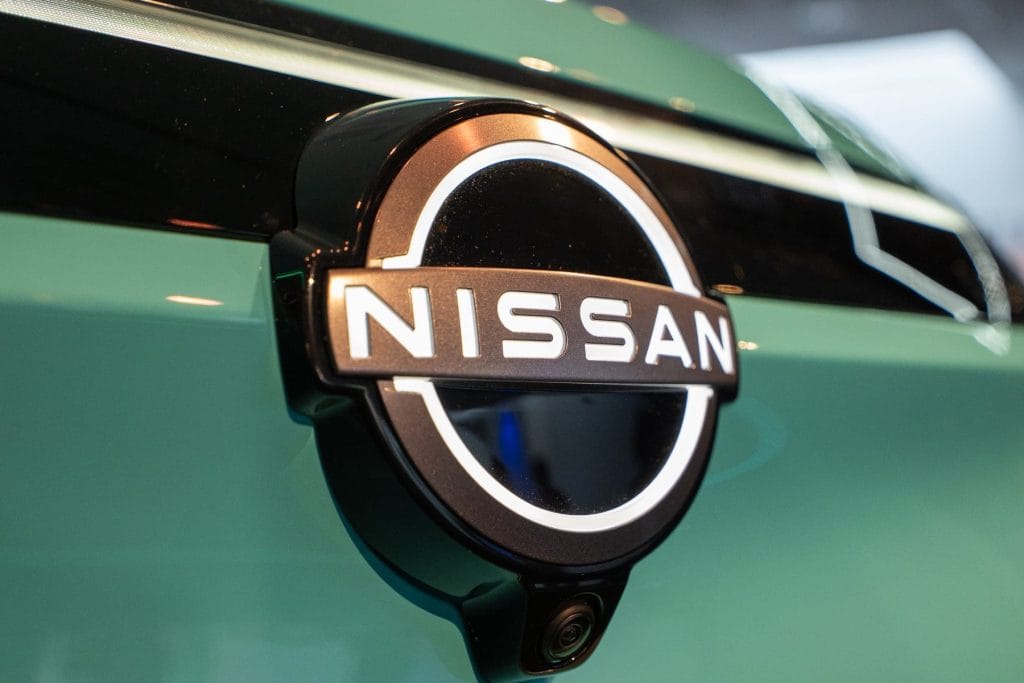Nissan Joins CO₂ Pool with BYD to Meet EU Fleet Emission Targets

• Nissan switches from Renault to BYD for its 2025 EU CO₂ compliance pool.
• Pooling helps automakers avoid penalties under the EU’s fleet emission targets for 2025–2027.
• The move reflects growing reliance on Chinese EV manufacturers to balance European emissions portfolios.
Nissan Turns to BYD to Offset Emissions Gap
Nissan Europe will pool its CO₂ emissions with Chinese electric vehicle manufacturer BYD to comply with the European Union’s tougher fleet emission standards for 2025–2027. The arrangement, disclosed in EU filings on October 17, allows Nissan to use BYD’s lower fleet emissions to offset its own higher levels and avoid regulatory penalties.
The deal marks a strategic shift away from Nissan’s previous emissions pool with Renault and Mitsubishi, which expired at the end of 2024. A Nissan spokesperson said the company “chose BYD after a thorough evaluation of potential pooling partners due to the availability of credits and overall competitiveness.”
Pooling arrangements—authorized under EU rules—allow automakers that exceed their fleet emission limits to combine with low-emission manufacturers, bringing their joint average below the EU’s mandated thresholds.
A New Compliance Landscape for Automakers
The European Commission’s latest framework for 2025–2027 gives carmakers flexibility to average emissions over three years rather than meet annual targets. This allows weaker early performance to be offset by stronger results later in the cycle. Still, companies must form their pools by year-end for 2025 sales.
BYD, which sells only electric and plug-in hybrid models, gives Nissan an immediate compliance advantage. In contrast, Nissan remains heavily dependent on combustion engines. The company sold 199,000 vehicles in Europe in the first eight months of 2025, of which just 13,103—or 6.5%—were electric. The sole battery model in its passenger line-up is the Ariya SUV; the new Leaf and Micra EVs will not arrive until 2026.
BYD sold roughly 95,000 vehicles in Europe over the same period, 60% of which were fully electric. By combining fleets, Nissan’s average CO₂ intensity drops substantially—keeping it within regulatory limits and avoiding multimillion-euro fines.
Renault, Tesla, and Others Redraw the Map
Nissan’s switch leaves Renault without a pooling partner for 2025. Although Renault exceeded its target in the first half of the year, analysts question whether it can maintain compliance without Nissan’s volume offset. “Renault’s emission reserves will not be sufficient this time to carry Nissan’s emission burden,” said automotive analyst Matthias Schmidt, suggesting that Nissan’s exit was likely unavoidable.
Other automakers are also re-aligning. Mercedes-Benz is pooling with Smart; Volvo with Polestar; and Stellantis, Ford, Mazda, and Subaru are relying on Tesla’s surplus credits. Hyundai, Kia, and BMW have yet to declare partners, though BMW is expected to meet its targets independently.
Pooling has become an increasingly important compliance mechanism as the EU tightens its decarbonization trajectory. Failure to meet the 2025 targets can trigger penalties of €95 per gram of CO₂ per car sold above the limit, a potentially large financial hit for high-volume manufacturers.
Strategic and Policy Implications
Nissan’s partnership with BYD highlights the expanding role of Chinese electric automakers in Europe’s compliance ecosystem. It also underscores Europe’s complex dependency on foreign manufacturers to meet its own climate objectives.
For policymakers, the development raises questions about how pooling affects the EU’s industrial competitiveness and its efforts to nurture a homegrown EV supply chain. The European Commission has already opened investigations into state subsidies for Chinese EV makers amid concerns about market distortion.
RELATED ARTICLE: Nissan To Invest Up To $750 Million Into Renault EV Business
From an investor and governance standpoint, Nissan’s move reflects short-term compliance pragmatism rather than a structural emissions solution. The company’s limited EV portfolio leaves it vulnerable to future tightening of EU regulations and growing scrutiny over reliance on external credits.
The C-Suite Takeaway
For auto executives and investors, the Nissan-BYD pool is a reminder that regulatory compliance in Europe is now a strategic lever as much as an operational one. Automakers must balance emissions accounting with long-term electrification investments to maintain credibility under evolving EU ESG disclosure frameworks.
As the EU’s next fleet targets take effect, partnerships like Nissan-BYD could become a defining feature of the transition—bridging the gap between combustion-heavy legacies and the all-electric future Brussels is steering toward.
Follow ESG News on LinkedIn












